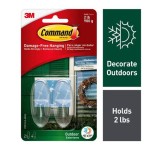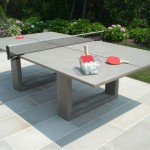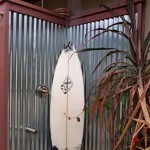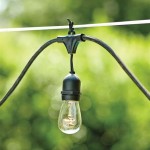Essential Aspects of Outdoor Pistol Shooting Range Design
Designing an outdoor pistol shooting range involves careful planning and consideration of various factors to ensure safety, functionality, and environmental compliance. Here are some essential aspects to consider when creating an outdoor pistol shooting range:
Site Selection
The site selection is crucial to minimize noise, dust, and other impacts on the surrounding environment. Look for a location that is isolated from residential areas, schools, and other sensitive areas. Consider prevailing wind directions and the potential for noise travel. Ensure adequate space for target placement, berm construction, and safety zones.
Range Orientation and Layout
Plan the orientation and layout of the range to optimize safety and functionality. Establish clear and defined firing lines, target areas, and safety zones. Ensure proper spacing between firing points and targets to prevent cross-fire and minimize ricochets. Consider the natural topography and lighting conditions to maximize sightlines and minimize glare.
Target Placement and Backstops
Proper target placement and backstops are essential for safety and accuracy. Use durable and bullet-resistant targets that can withstand repeated impacts. Position targets at appropriate distances to challenge shooters while ensuring safe engagement. Construct backstops made of durable materials such as reinforced steel or concrete to prevent rounds from escaping the range.
Berm Construction
Berms serve as safety barriers that prevent rounds from leaving the range. Construct berms with a sufficient height, width, and angle of repose to effectively capture and absorb bullets. Use stable and erosion-resistant materials for berm construction. Consider integrating natural berms into the range design to minimize site grading and enhance aesthetics.
Safety Zones
Safety zones are areas around the firing line where non-shooters are prohibited. Clearly mark these zones with signage, fencing, or other barriers. Provide adequate space for shooters to prepare, load, and unload their firearms safely. Ensure safety zones are free of obstacles and tripping hazards.
Noise Mitigation
Consider noise mitigation measures to minimize the impact on nearby communities. Use sound-absorbing materials in the construction of berms and backstops. Implement noise barriers such as vegetation, earthen walls, or acoustic panels around the perimeter of the range. Restrict shooting hours to minimize noise during sensitive times.
Environmental Compliance
Outdoor pistol shooting ranges must comply with environmental regulations to protect water quality, air quality, and wildlife. Implement proper erosion control measures to prevent sediment runoff into nearby water bodies. Use lead-free or frangible ammunition to minimize lead contamination. Consider installing wildlife exclusion fencing to prevent animals from entering the range.
Other Considerations
In addition to the essential aspects outlined above, other considerations for outdoor pistol shooting range design include:
- Access control and security measures
- Range equipment and amenities (e.g., targets, benches, shelters)
- Lighting for day and night shooting
- Maintenance and inspection protocols
- Training and orientation programs for shooters

Standard Outdoor Firing Range Layout A Schematic Of Scientific Diagram

Basic Steps For Building A Personal Outdoor Shooting Range Super Target Systems

Building An Outdoor Shooting Range Super Target Systems

How To Build A Outdoor Home Shooting Range Diy


Range Layout The Site

Firing Range Wbdg Whole Building Design Guide

A Complete Guide To Building Your Home Shooting Range Silencer Central

How To Build A Outdoor Home Shooting Range Diy

Pin On Camp Director Ideas
Related Posts








